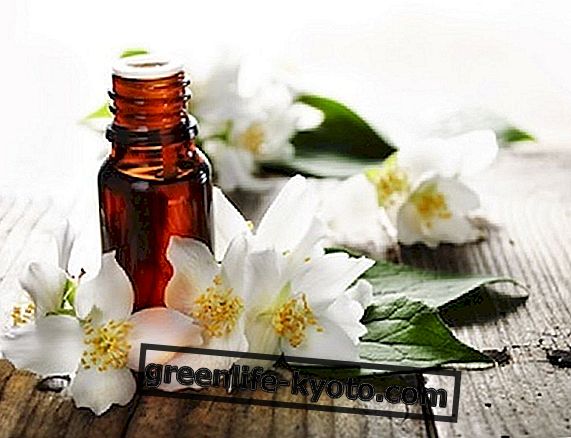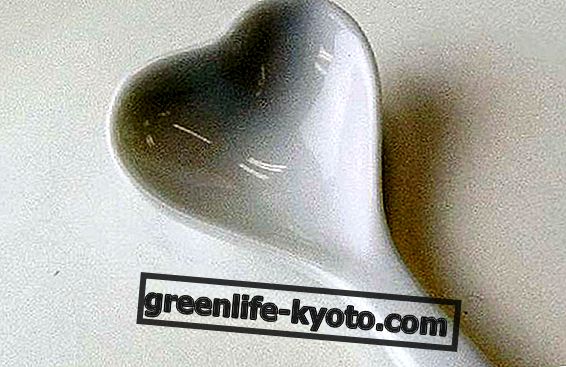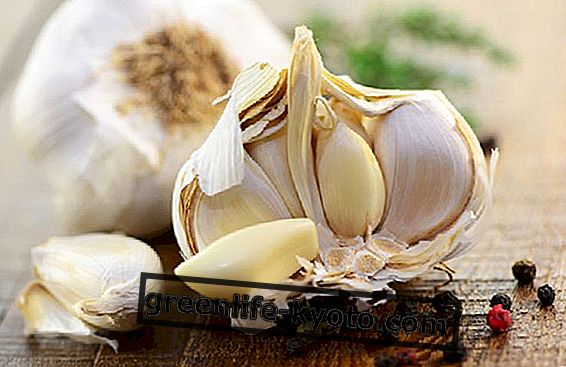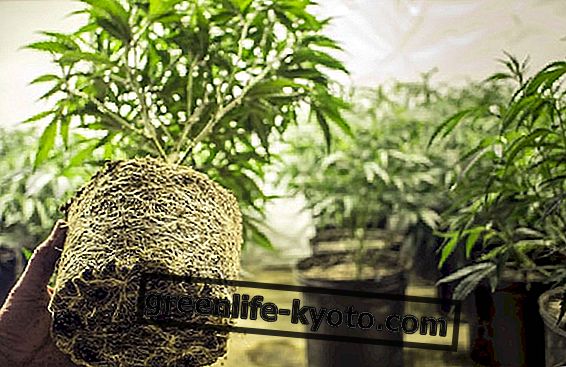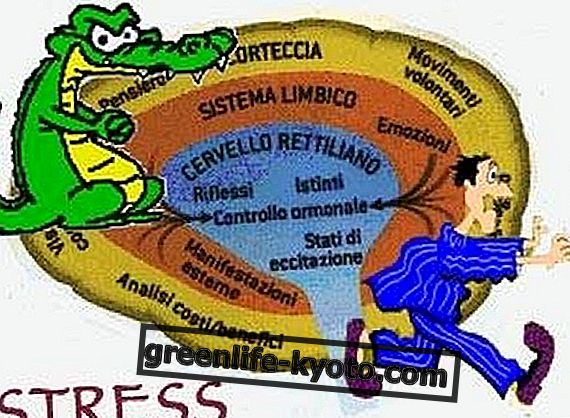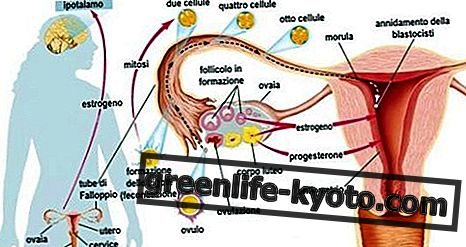
The peppers are the summer vegetable par excellence and start producing from June until the end of September. They stop fruiting just when the temperature begins to fall while in other countries where the climate is warmer the peppers are also productive all year round.
The peppers are the fruits of the plant Capsicum annuum belonging to the family of solanaceae such as tomatoes, aubergines and potatoes.
All these vegetables originate from Central and North America and only with the arrival of Christopher Columbus the peppers have spread in Europe reaching as far as Italy where they have found a suitable climate for them.
These first peppers were very similar to chillies, small elongated and spicy, but with the passage of time and the selection of farmers and nature, at present the peppers are larger and no longer spicy.
In Italy we currently have many varieties of peppers also recognized as typical products and PGIs both in the lands of Northern Italy and in Southern Italy.
Characteristics of the pepper
The pepper plant grows as a herbaceous shrub with an erect and slightly woody stem, the branches develop laterally and the pepper plant has a slight down. Its leaves are green and shiny while the flowers are white and are born precisely at the leaf axil. From the flowers we will then have the ripening of the fruits that are edible berries, these are the real peppers, the ones we use in the kitchen.
The shape of the pepper is different depending on the variety and is usually roundish, croissant or elongated. Even the color varies with the type of pepper and we find yellow, green and red peppers. The red peppers are crunchy in the pulp and have a sweet taste, while the yellow ones are more tender.
The peppers however vary the color also according to the degree of maturation in fact they all start in green and as they turn towards yellow or red.
Their sweet taste and the richness of nutrients including vitamins like vitamin C are at the apex when the pepper is ripe. Green peppers are in fact more used for storage in cans while yellow and red ones are more used in the kitchen for raw or cooked recipes.
These pepper plants are produced from seed sowing in winter but are protected in heated seedlings and then transplanted in the open field in late spring. The ripening and harvesting period begins in June and continues until September with the end of the summer.
Composition of peppers
The peppers are rich in water over 90% and this already indicates that they are vegetables suitable for summer consumption when the body needs abundant liquids for hydration.
The calories in the pepper are very low at around 45 calories per 100 grams and therefore are excellent for those who want to keep the line.
The pepper is rich in vitamins and in particular beta-carotenes which are the precursors of vitamin A and is also an excellent source of ascorbic acid. Beta-carotenes are natural pigments that give the yellow or orange color to the skin and pulp.
These beta-carotenes help protect the skin and mucous membranes of the body and are even useful for cancer prevention. The red pepper is the richest in beta-carotene.
Furthermore the peppers are rich in vitamin C and a portion of 50 grams covers 75% of the recommended daily allowance . However, we must remember that vitamin C is thermolabile so it is recommended to eat raw peppers because cooking eliminates over 60% of this vitamin. The ascorbic acid present in our diet helps keep the skin and body young as well as supporting the activity of our immune system.
The peppers are also rich in vitamin E always useful for skin and hair, lutein that protects from the sun and strengthens the eyes and also B vitamins like B6 which is important for cell regeneration and for the nervous system so that it acts also reducing states of anxiety.
The peculiarity of peppers is the presence of an active ingredient called capsicin. This substance is also present in hot peppers and is in fact responsible for this spicy taste. In addition, however, capsicin also has many other properties such as the rubefacient effect which helps to draw blood and is therefore indicated in case of illnesses such as contractures, muscle blockages or other situations in which it is necessary to activate the superficial blood microcirculation.
Another of its properties is that of reducing cholesterol by rebalancing the circulating triglycerides.
Finally the peppers have dietary fibers useful to help a good intestinal transit.
In addition, the vegetable fibers have a high satiating power which makes the pepper always suitable for those who want to do a good "costume test" and are also slightly laxative because they attract water and facilitate evacuation.
Tips for eating peppers in the summer
For some people, peppers just are not easily digested but perhaps not everyone knows how it is advisable to eat them. In fact, inside the peppers we have the capsicin, the solanine and part of the cellulose fiber that actually are not easily digestible.
However, these substances are found in the seeds, peel and placenta of the pepper so if we avoid these parts the digestion of this vegetable will be much easier.
Another shrewdness is how to cut the pepper: it is preferable to do it horizontally because the vertical side has the lines of strength of the fiber.
Therefore, cutting the fiber will allow our stomach and intestines to work less and thus more easily digest the pepper.
Last advice is the choice of the color of the pepper because the red or yellow and very ripe ones contain less solanine than the green ones.

